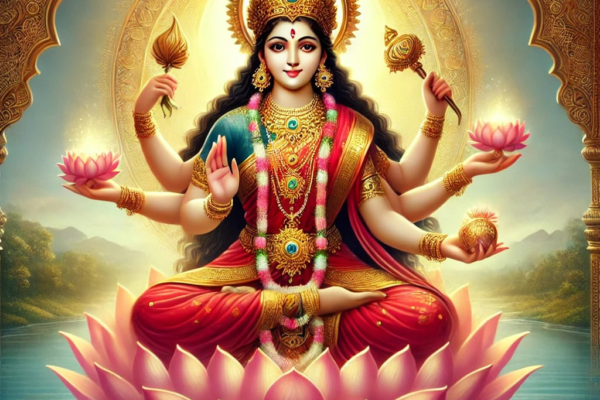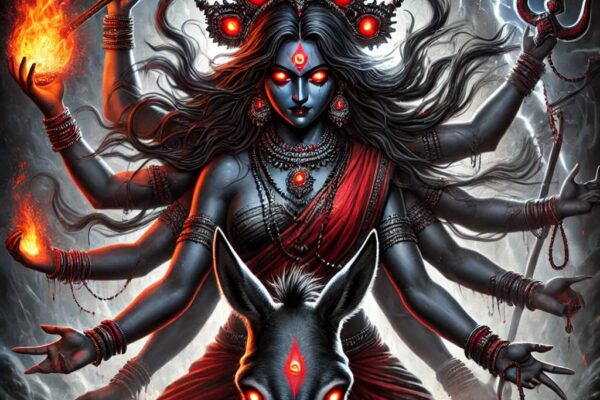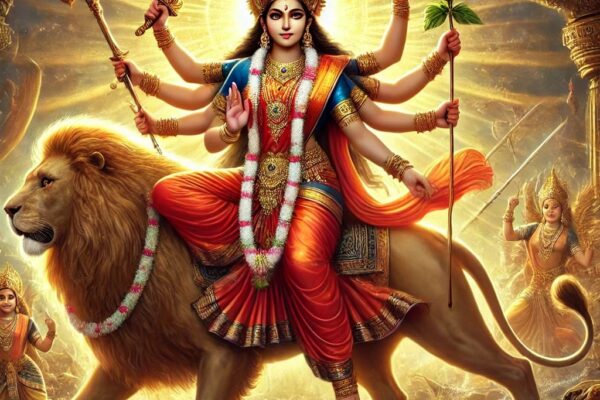
Maa Sidhidatri :The Giver of Supernatural Powers and Divine Blessings
Maa Siddhidatri: The Giver of Supernatural Powers and Divine Blessings Maa Siddhidatri is Goddess Durga’s ninth and final form, celebrated on the last day of Navratri. She is recognized as the goddess who bestows siddhis (supernatural powers) and heavenly wisdom upon her devotees. Maa Siddhidatri’s blessings bring about spiritual awakening, enlightenment, and the fulfillment of…










